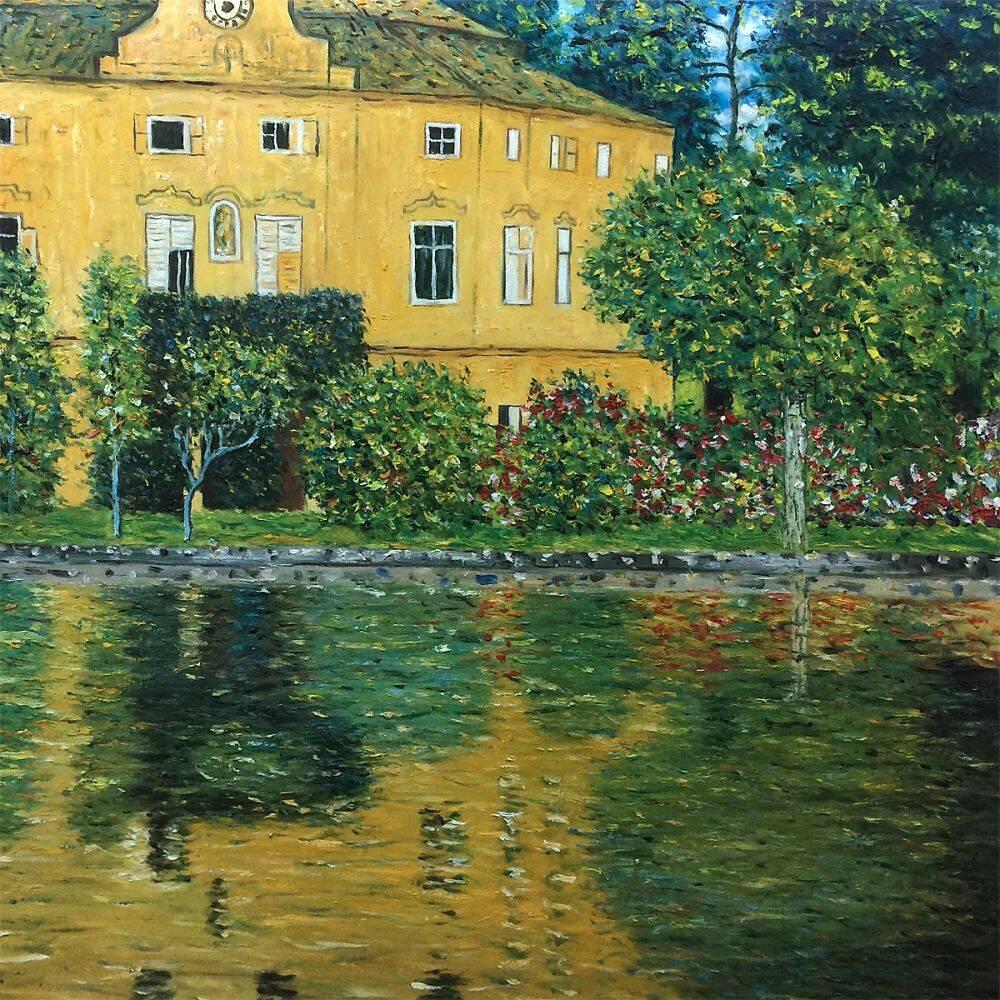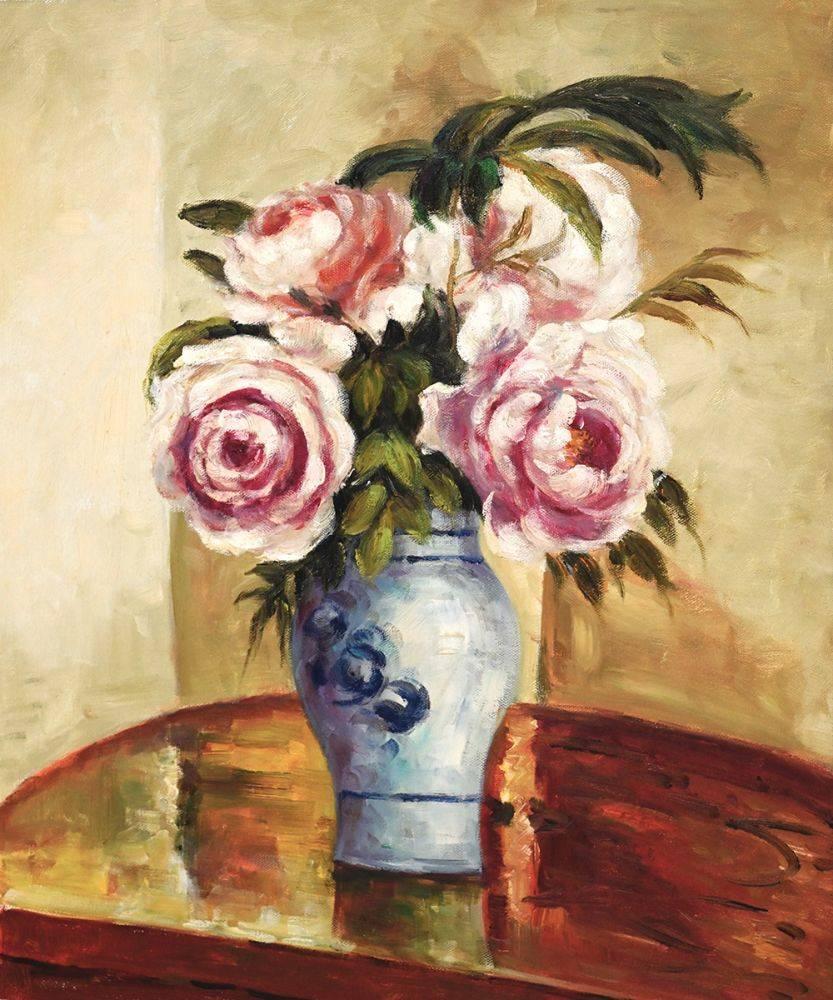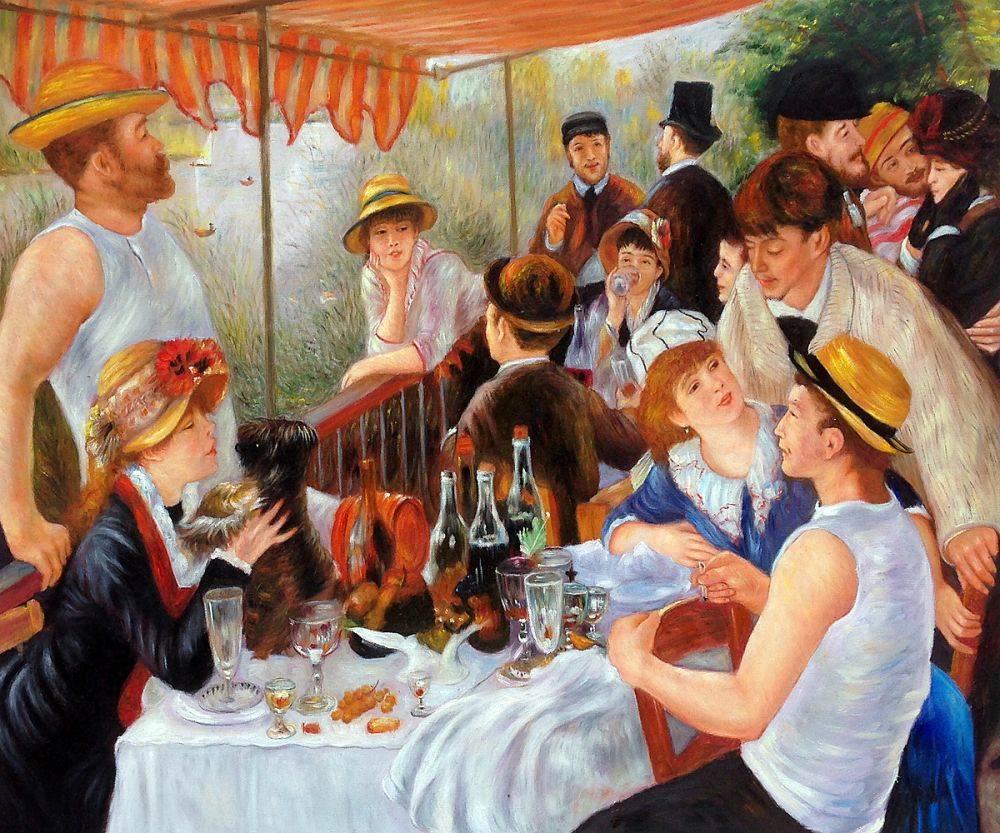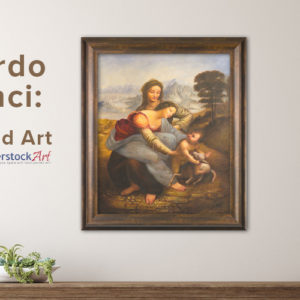Art
Digging for the Mona Lisa
The recently restored Mona Lisa has the most regarded half-smile of any master portrait, and archaeologists are close to discovering who may be the inspiration behind it. In 2008, researchers from Heidelberg University located a note scribbled by a Florentine clerk in the margins of a centuries-old manuscript (1503) stating that da Vinci was rendering a portrait of Lisa Gherardini del Giocondo, wife of a wealthy and prominent silk merchant. The lady became a nun after her husband’s death. Just a year before the note’s discovery, an amateur historian happened upon Lady Gherardini’s death certificate. She died at age 65 on July 15, 1542, and was buried in Florence’s Saint Ursula convent.
 The convent dates back to 1309 where it was later converted into a tobacco factory in the 19th century and sheltered World War II refugees in the forties. The structure is three stories high, with catacombs beneath its concrete floor. Archaeologists officially broke ground at the site on May 9 and have unearthed a skull. Once the remains have been verified through DNA testing compared with that of her deceased children, the team hopes that facial reconstruction can solve this mystery once and for all. Interestingly, in Italy Mona Lisa is nicknamed La Gioconda (“light-hearted woman”).
The convent dates back to 1309 where it was later converted into a tobacco factory in the 19th century and sheltered World War II refugees in the forties. The structure is three stories high, with catacombs beneath its concrete floor. Archaeologists officially broke ground at the site on May 9 and have unearthed a skull. Once the remains have been verified through DNA testing compared with that of her deceased children, the team hopes that facial reconstruction can solve this mystery once and for all. Interestingly, in Italy Mona Lisa is nicknamed La Gioconda (“light-hearted woman”).
Other candidates for the role of Mona Lisa have included da Vinci’s mother Caterina, Princess Isabella of Naples, a Spanish lady named Costanza d’Avalos, and Cecilia Gallerani, who posed for an earlier painting, The Lady With an Ermine. More interesting theories emphasize the masculine facial features of the sitter, suggesting that da Vinci based the portrait on his own likeness or that of his apprentice and possible lover, Gian Giacomo Caprotti. Caprotti was known affectionately to da Vinci as Salai, who inherited the Mona Lisa upon the artist’s death. Art historian Silvano Vinceti, who heads the team’s dig, suggested that Mona Lisa could be interpreted as an anagram [Mon Salai], meaning “My Salai.”
Along with the skull, ribs and vertebrae were discovered by the excavation team. The skull will be studied by paleoanthropologist Francesco Mallegni. The truth behind this excavation will not only put to rest a mystery but let us learn more about da Vinci’s approach to art. However, the dig has led to an uproar among a few of the remaining Florentine noble families, yet the discovery is also said to be an intriguing possibility:
“At first the thought of the dig horrified me but now I am fascinated,” said Natalia Guicciardini Strozzi, a member of one of the oldest and most influential Florentine families.










